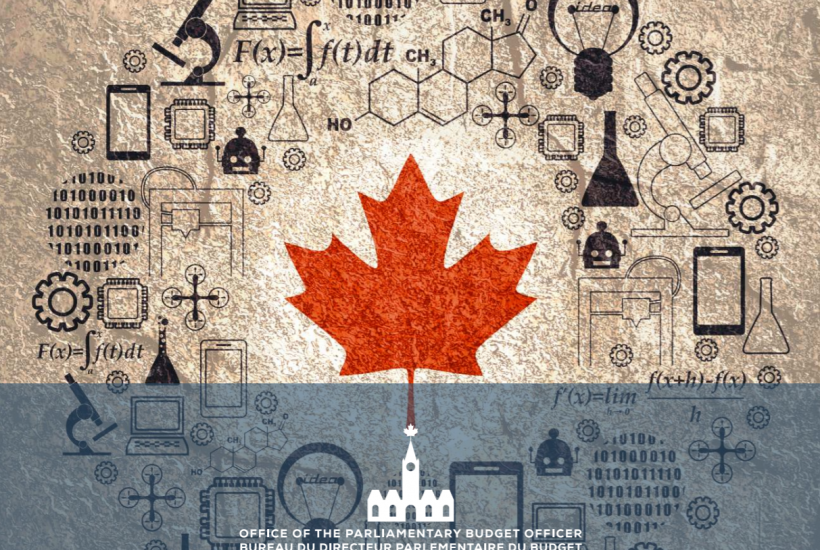Canada’s innovation superclusters are lagging behind their intended goals, and the poorest results so far have been produced by Canada’s Ocean Supercluster, according to the Parliamentary Budget Officer.
The PBO this week filed a report on the five superclusters, saying that as of March they had funded fewer projects than expected when the program was announced. The government had projected $104 million in federal spending in the 2019-20 fiscal year, but the actual spending was $30 million, of which $18 million was devoted to administration and operations.
Though the report did not highlight the Ocean Supercluster, which is based in Atlantic Canada, it did produce a chart showing the oceantech group had the poorest results in terms of spending, projects launched, and jobs created. The Ocean Supercluster responded by saying the PBO report is based on outdated information and it has accelerated approvals lately.
“Based on a review of the literature and the experience of other jurisdictions, PBO finds it unlikely that the objective of increasing GDP by $50 billion over 10 years will be met,” the report said, referring to the overall supercluster initiative.
Shortly after coming to office, the Liberal government announced it would create five innovation “superclusters” across the country, which would bring together government, innovation and academia to create international centres of excellence in specific technologies. In announcing the five winners in 2018, the federal government committed to spend $918 million through the superclusters over five years, and other partners (mainly private companies) would match that with $1.09 billion in spending.
One winner was Canada’s Ocean Supercluster, an initiative spanning the four Atlantic Provinces dedicated to making the region an international hub for ocean-based innovation. The PBO report shows that as of March, the Ocean Supercluster had only only spent $26 million and launched two projects, accounting for less than 10 percent of the national total. The report estimates that the Ocean Supercluster created 88 jobs (2 percent of the national total) and said it had trained no workers.
| Supercluster | Spending |
Admin Costs |
Projects | Jobs |
Workers trained |
| Digital | $69M | $5M | 22 | 938 | -- |
| Protein | $68M | $5M | 4 | 757 | -- |
| Manufacturing | $31M | $8M | 6 | 1,163 | 352 |
| AI | $83M | $2M | 11 | 970 | 2,757 |
| Ocean | $26M | $2M | 2 | 88 | -- |
| Total | $277 | $23M | 45 | 3,916 | 3,109 |
Source: Parliamentary Budget Office
However, Ocean Supercluster spokesperson Nancy Andrews said the Ocean Supercluster as of today has $80 million in project commitments , and a total project value of more than $180 million. That means that at the halfway mark of its five-year mandate, the Atlantic Canadian supercluster is more than halfway to its goal of funding about $350 million in projects.
“At the halfway mark of our mandate, Canada’s Ocean Supercluster is on track to create 3,000 new jobs in ocean sectors, and increase the economic value of Canadian ocean sectors by $14 billion by 2030,” said Andrews in an email.
Andrews said the organization has approved 32 projects. Five have been announced so far and 125 jobs are expected from these jobs. And 27 projects are in the contracting phase, she said.
In the past few months, the Ocean Supercluster has ramped up its activity. CEO Kendra MacDonald said in July her organization has so far committed to helping fund over $100 million worth of R&D, adding that about 20 projects were in the works. Since then, its has seeded 14 startups through the Ocean Challenge, launched a training program for Indigenous workers and announced funding for the OceanDNA System project.
Overall, the PBO said the five superclusters as of March were behind schedule in rolling out R&D projects, and cast doubt on their ability to reach their long-term goals. Rather than producing a $50 billion contribution to GDP as intended, a more likely result is $18 billion, though that may also prove optimistic, said the report.










